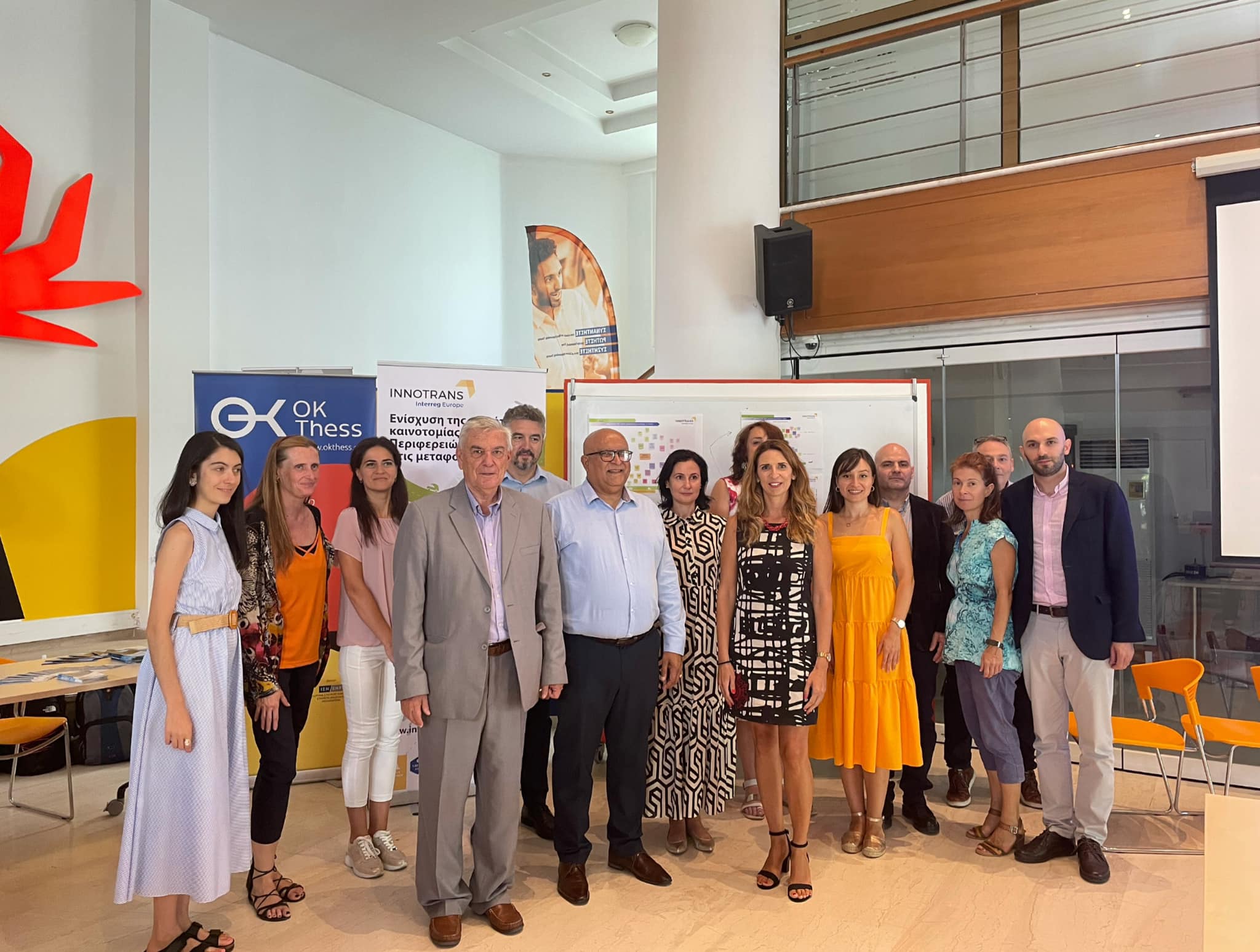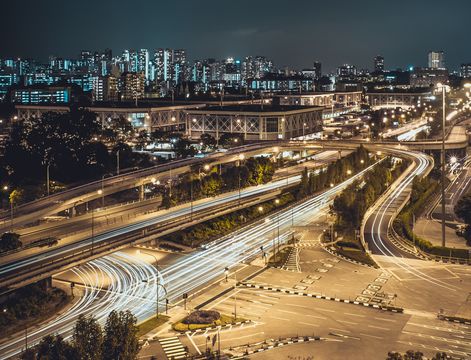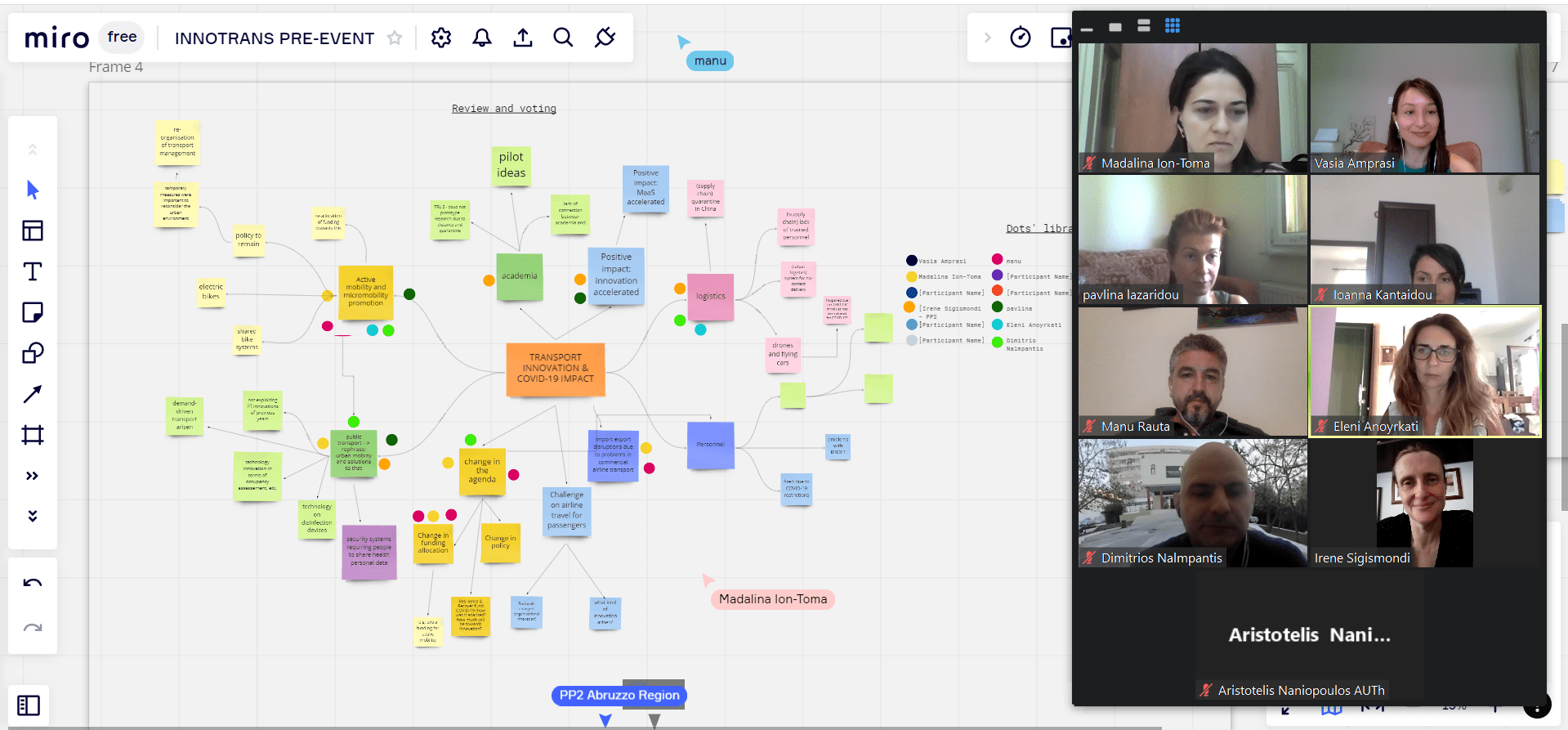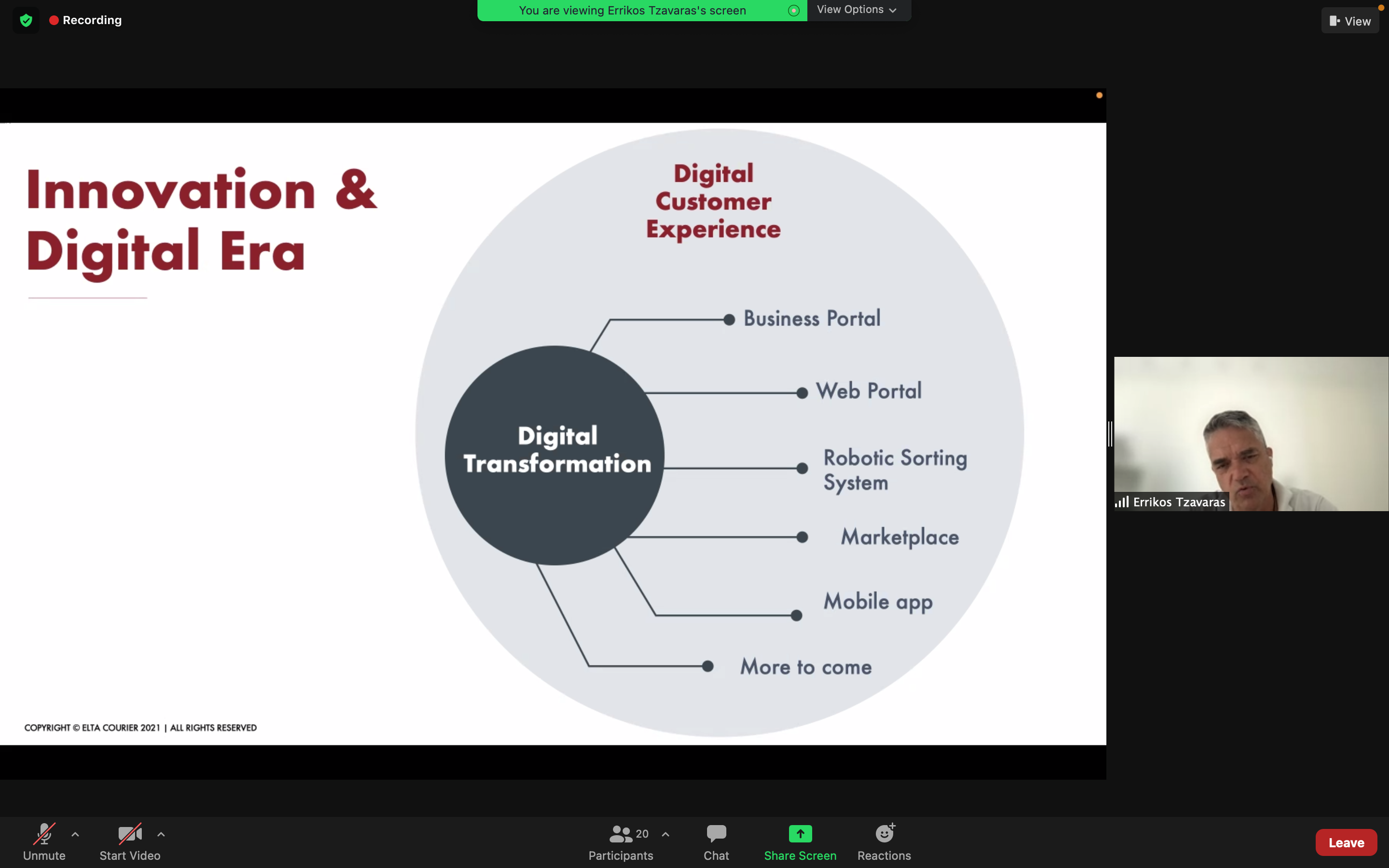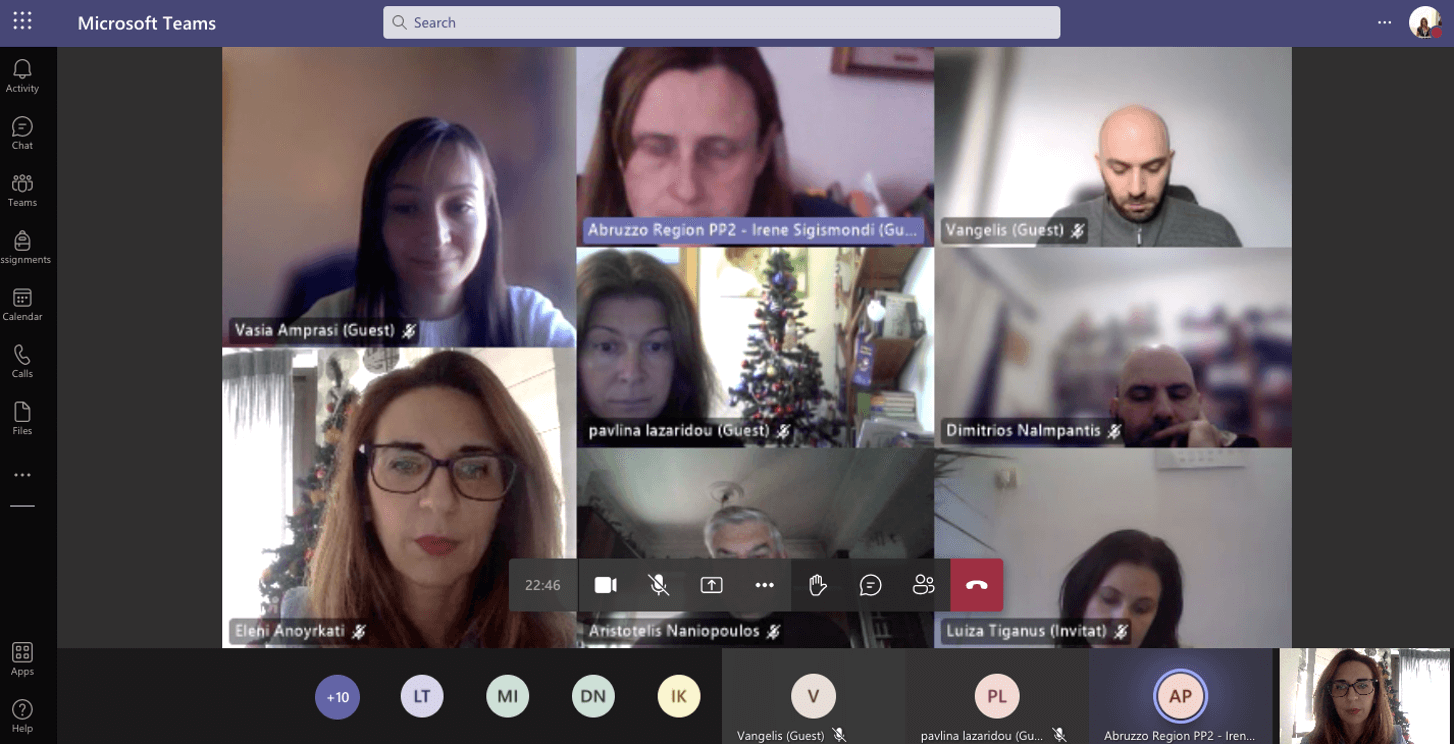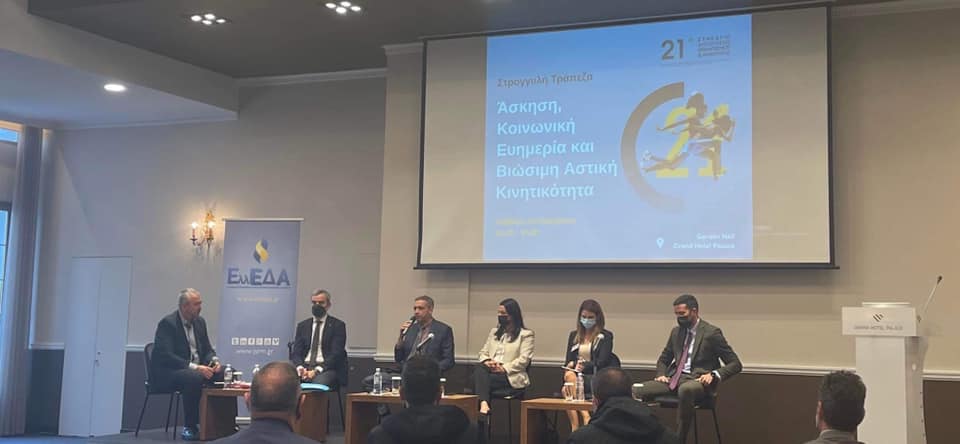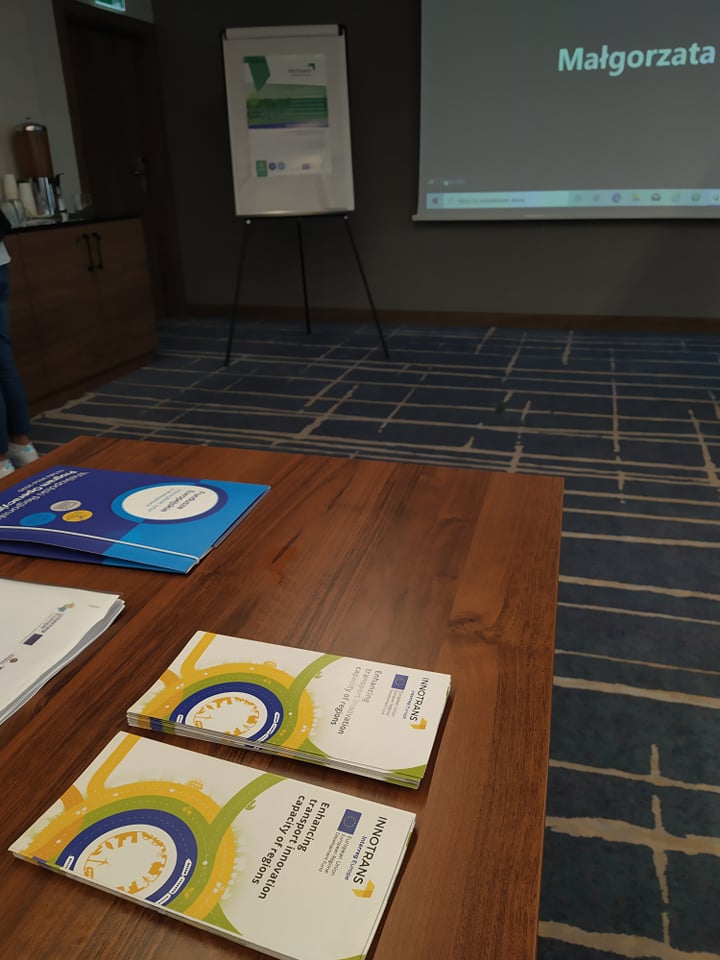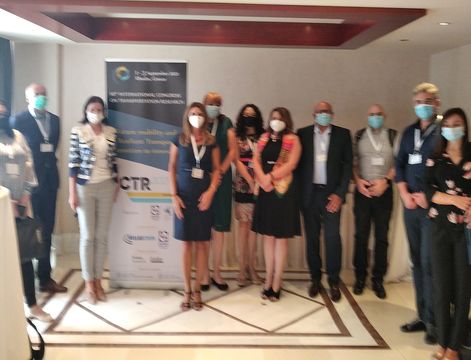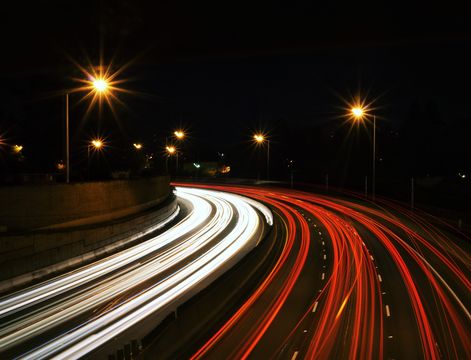Abruzzo Region lies in Southern Italy. Its territory is characterized by internal mountain areas belonging to the category of "areas subject to natural disadvantages", whose environmental characteristics make social and economic development difficult. Internal and mountain areas are often poorly connected with multimodal transport solutions.
The evolutionary trends of mobility must be articulated according to the demand of targets identified:
- elderly;
- students;
- workers;
- residents
- and tourists.
For the mobility of the elderly, whose needs are related to "health" and "social" connections, it is difficult to see on the horizon service improvement processes for the reasons expressed in the previous considerations. Student mobility will be guaranteed mainly for extra-area links in order to reach the secondary school poles of the second degree, while the internal links to the plexuses of primary and secondary Grade are conditioned to the processes of merging and deleting certain plexuses.
The absence of integrated "education-mobility" actions will result in a disconnect of services to the detriment of household needs. As far as workers' mobility is concerned, the absence of interventions aimed at guaranteeing Local Public Transport services also for those employed in companies not served by long-distance connections presupposes the use of private vehicles, entailing an increase in costs compared to public transport and a greater exposure to road safety risks.
The family-type of the internal area mainly contemplates two targets of mobility demand: workers and students. Its components are daily faced with the problems related to data shifts towards the internal area and, in many cases, the lack or inefficiency of the mobility service determines the choice to leave the native countries to reside in the areas with the highest concentration of services or close to the employment basins of the valley.
For the soft mobility there are problems of resources for the expansion of paths, off-road cycle paths, environmental routes of value even if it is consolidated the awareness that the demand for tourism-nature-vacation requires a high quality offer for this type of product. Local tourist operators are the first ones interested in investing in "green infrastructures" so as to orient the offer according to the demand of nature tourism.
In this framework it will be necessary to meet the needs expressed by four types of users: the elderly, for "health" and "social" journeys; the students, involved in the unification of the school complexes; the "workers" employed in the productive areas of the valley, allowing them to reach the companies located in the employment areas; residents and tourists travelling to and from the territory and for "soft" mobility.
Article by Chiara Colangelo, Francesca Laschiazza
List of References
• ISTAT (2016) Spostamenti giornalieri Censimento generale della popolazione 2011, www.istat.it/pendolarismo/grafici_province_cartografia_2011.html
• ISTAT (2017) Principali statistiche geografiche sui comuni - Classificazioni statistiche www.istat.it/it/archivio/156224
• “Future mobility in an ageing society – Where are we heading?” by Ian Shergold, GlennLyons, ChristaHubers.
• “ Operationalising ‘sustainable mobility’: the case of transport policy for older citizens in rural areas” by Ian Shergold, Graham Parkhurst
• “The social consequences of transport decision-making: clarifying concepts, synthesising knowledge and assessing implications” by Peter Jones, Karen Lucas.
• “Piano Regionale Integrato dei Trasporti” by Abruzzo Region
• “Piano di Sviluppo Locale” del GAL Gran Sasso Velino


